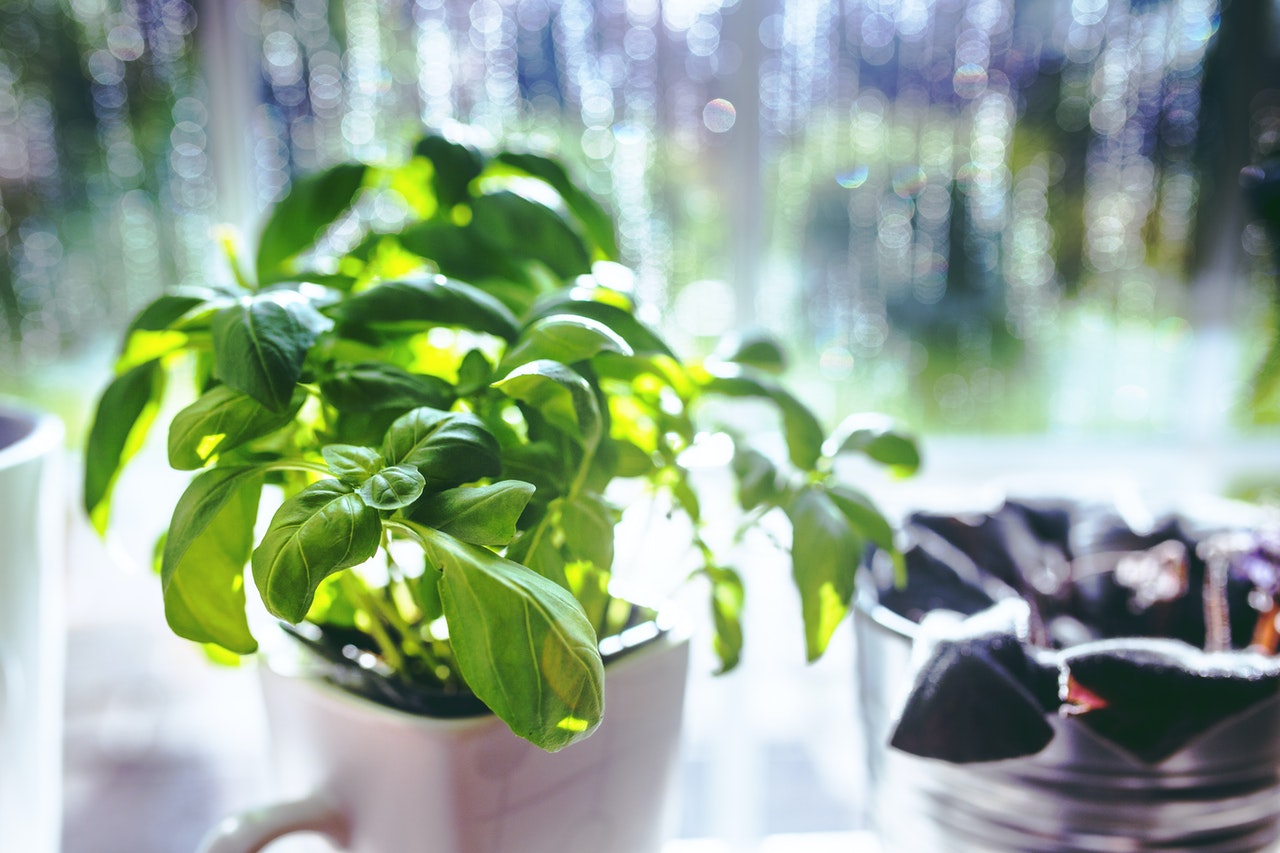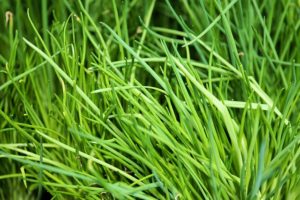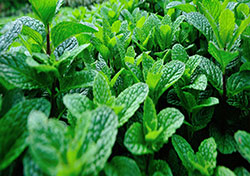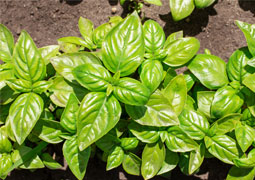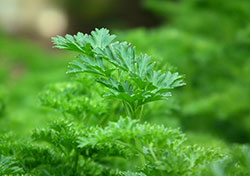Basil is a delicious and healthy herb that can upgrade any dish amazing one and some people even see therapeutic benefits in it. Which is why it’s a useful idea to grow Basil in your garden.
So, you decided to grow Basil in your garden and go through all the hard work but you suddenly noticed that the Basil leaves turned yellow! And you think all the hard work of growing it is gone to waste, but don’t worry! We’re here to help!
There are a few reasons that can cause your basil leaves to turn yellow, like too much or too little watering or fertilizing, fungal disease, pests, soil pH is not at the right level or simply the plant came to the end of its life. In the following section, we’ll explain to you about the problem, what’s causing it and how you can avoid or fix it!
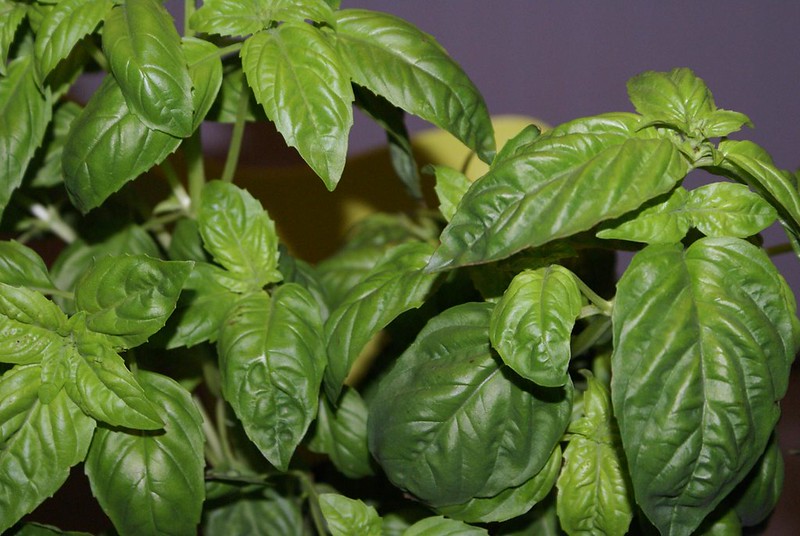
Wrong Amount Of Watering
Yellow leaves could indicate that the plant suffers from too much watering. Too much water will suffocate the roots, which causes bacteria that causes the roots to rot.
Also, watering it from above or with sprinkles can tear the leaf surface and the sunlight on the standing water can cause sun clad.
On the other hand, if your basil doesn’t get enough water can also cause the basil to dry and turn its leaves yellow.
How Can You Fix This?
It’s preferable to keep the soil mostly dry and water deeply every 7 or 10 days in the early morning or late evening.
Watering the basil in the early morning is better since the sunlight is evaporating the excess water.
If you are planting your Basil in your garden and you are afraid you don’t know how much water it needs, you can use this 3-in-1 meter!
It will show you the level of the moisture in your soil and help you decide if it needs more watering or not.
Make sure you are using the right pot if you are growing it indoors. I really like this self-watering pot!
You don’t have to fear that you will forget to water the plant and it will get an adequate amount of water every time, and it’s inexpensive.
If you want to grow basil in a pot, make sure that there are enough drainage holes in the bottom so the soil won’t be spongy and the roots can breathe.
If you think that the roots are rotting, check the roots and if they are brown and slimy, it means that it is rotting. If the plant is rotting, throw it away and the soil that was used before planting a new one.
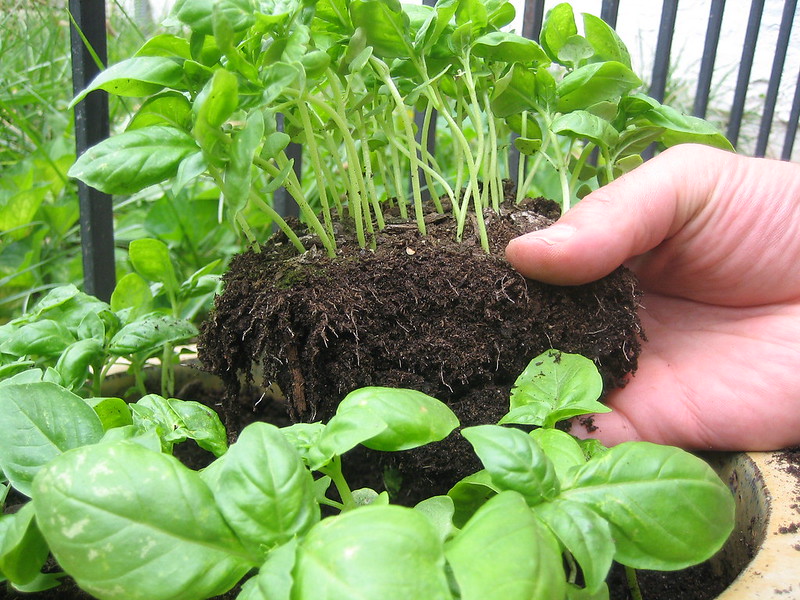
Fungal Diseases
Yellow leaves could indicate that the plant is suffering from Fungal diseases, It’s usually the Downy mildew disease or the Fusarium wilt disease.
The Downy mildew disease is caused by microbes that are related to algae that also turns the plants brown or gray and fuzzy.
The Fusarium wilt is caused by soil-borne that affects the plant’s tissues inside the stem that transfer the water that the plant absorbs to all of its body.
How Can You Fix This?
If you discovered the problem in its early stages, you might stop it by carefully cutting the affected leaves and throwing them away.
If some leaves have already fallen, throw them away in a covered trash can because the longer the stay on the ground the more time it has to spread the disease.
Moist causes the disease, so keep the plant as dry as possible in order to heal it and keep some space between the plants to avoid moisture.
The 3-in-1 soil tester I mentioned above will do the work for you.
If the plant is badly affected, throw it away in a covered trash can as well the soil that was used.
The Right Temperature and Sunlight
Basil needs a relatively warm temperature, so yellow leaves might indicate that the plant is not getting enough sunlight.
However, keep in mind that older leaves and bottom leaves naturally turn yellow so it doesn’t indicate any problem and you don’t need to do anything about it.
How Can You Fix This?
So the perfect temperature is above 70°F or 21°C during the day and above 50°F or 10°C during the night.
Basil also needs bright sunlight for 6 to 8 hours in a day.
If you’re growing it indoors, you will need artificial light for 10 to 12 hours during the winter, here you can get a growing light for plants that give the perfect light and heat that the plant needs in order to grow well.
Pests
Yellow leaves could indicate that pests like Aphids and Caterpillars are feeding on the plant. After you get rid of them, the plant will continue to grow well.
How Can You Fix This?
You can get rid of Aphids by using insecticidal soap (However, you must know that using it during a hot day will scorch the plant).
Take the soap with some water and clean the infected leaves.
With caterpillars, you can either pick them up or use Bacillus Thuringiensis, a natural bacterium that will only harm the caterpillars.
Wrong amount of soil pH
The yellow leaves could indicate that the level of the soil pH is too high because the pH causes a decrease of the nutrients (Most importantly, nitrogen) in the soil.
If the bottom leaves are turning yellow, it means that the pH level in the soil is too high.
How Can You Fix This?
The ideal pH level is 7 to 5.7, you can use this test kit to check the precise amount of pH level in your soil.
In order to avoid this, don’t reuse old soil and if you want to use substances, make sure it has the right amount of pH.
And if this is not helping, you need to get some new and good quality soil.
Use The Right Pot
If you got your potted little basil from the store and the leaves turn yellow, it’s because the plants in the store have a hard time growing in such a little pot where they can’t stretch their long roots and there are no nutrients in the soil.
How Can You Fix This?
You will need to transplant it to a new and larger pot, where its roots will have enough space to grow.
The best size of a pot is at least 2 gallons or 9 liters and 10 in. (25 cm) deep like this one with good soil with all the nutrients that you can buy right here.
Fertilizing
The yellow leaves could indicate that the soil doesn’t have enough nutrients.
Basil prefers soil rich with nutrients but it can grow well in poor soil if it has enough nutrients.
How Can You Fix This?
Before planting, test the soil.
You can use this soil test kit to know exactly what you need!
If the soil is rich with nutrients, the basil will grow well without fertilizing. If you want, you can add a bit of compost like this one.
If the soil is poor, then you should add a layer of 4 to 6 inches of high-quality compost with an organic fertilizer like this one I usually use with the amount for every 100 square feet.
After you see that your basil is growing and getting strong with beautiful green leaves, fertilize once every 14 days.
And use fertilizer that includes potassium in it, an essential nutrient that the basil requires.
End of the plant’s life
A basil plant only lasts for one year, since it’s an annual herb. So, the yellow leaves indicate that it’s about to die.
When the plant is about to die, it will dry, turn yellow and start growing flowers.
How Can You Fix This?
Unfortunately, there’s nothing you can do to avoid or fix this but you can still make some use of the Basil plant before it dies.
When the plant is about to die, it uses its last efforts to grow flowers, cut the flower as soon as you spot them and then you delay the plant’s death a little bit until it will eventually die and you can start a new plant.

